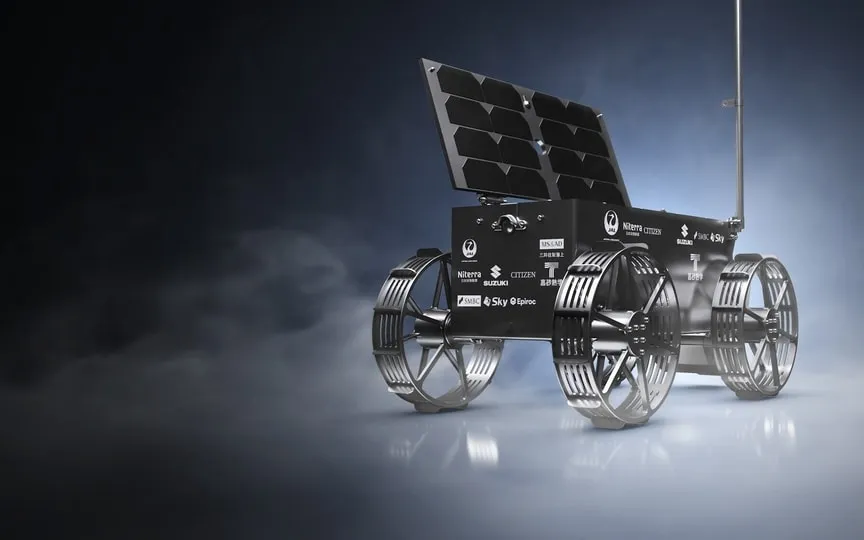iSpace Unveils Micro Rover for Epic Hakuto-R Mission 2!
iSpace, a private lunar robotic exploration company, has revealed the final design of its new micro rover for the upcoming Hakuto-R Mission 2. Despite failing to achieve a soft landing on the Moon, a milestone accomplished by the Indian Space Research Organisation (ISRO) earlier this year, iSpace remains determined and has plans for a second mission to attempt a lunar soft landing, along with deploying a rover. Learn more about iSpace’s latest lunar rover presentation.
iSpace hot quad bike
At a press conference, iSpace founder and CEO Takeshi Hakamada revealed the final design of the microcarrier that will be transported to the lunar surface as part of the Hakuto-R Mission 2. Weighing about 5 kg, the microcarrier is about 26 cm long, 31.5 cm wide and 54 cm long. It will be stored in a payload bay at the top of the Resilience lander and will land on the surface of the Moon using a launch mechanism after touchdown.
According to the company, the micro-ATV has a frame made of carbon fiber reinforced plastic (CFRP), which can withstand rocket launch and other vibrations during the transition to the lunar surface. This move also aims to make the rover light. In order to take pictures of the moon, the micro-ATV has a forward-mounted HD camera. It has wheels that allow it to traverse the lunar topography.
Unveiling the rover, iSpace’s CEO said: “Continued operations are necessary to provide transportation and data services to the Moon, so I’m pleased to report the progress we’ve made on the flight model of the Mission 2 spacecraft and the final design of the micro-rover. I’m especially proud of all the employees who have made this possible and who, in the short time since the completion of Mission 1 nearly six months ago, have made the necessary improvements to advance this mission on schedule.”
The micro-robot is being developed with co-financing from the Luxembourg Space Agency through an agreement with the European Space Agency and Luxembourg’s national space program LuxIMPULSE. According to the company, only the design model is currently being worked on. After the same environmental tests, a flight model is developed.




